|
Diane McBee! Congratulations! You are the winner of a copy of SONG AFTER SONG: THE MUSICAL LIFE OF JULIE ANDREWS! I'll be in touch for how to collect your prize! I know you will love this amazing book! Enjoy! A Lovely Conversation with Lisa Rogers, author of BEAUTIFUL NOISELisa and I had the loveliest conversation. She is beautiful and gracious and mellow and it was a delight to talk with her about books and music and writing process and art. The marriage of art and text . . . She gives you a little sneak peak read aloud of the first couple of spreads and a wonderful look at the amazing end papers. So cool! I could have talked with Lisa for hours! I hope you enjoy our conversation as much as I did! BEAUTIFUL NOISE: THE MUSIC OF JOHN CAGEA unique structure and a unique illustrative style are very well-suited to tell the story of a very unique composer and musician, John Cage. With a compelling if. . . then format, this book will draw readers in and insist that they make decisions about how they see the world -- and how they define music and whether or not they have some similarities to John Cage. Readers of all ages will close this book enlightened and challenged -- and introduced to some musical ideas they possibly have not encountered before. October 10, 2023 by Lisa Rogers (Author), Il Sung Na (Illustrator) Publisher Anne Schwartz Books A Little Jam. . .(The Music Kind)I chose this piece from John Cage's compositions for a few reasons: 1. I try to keep these selections short so that they are of the most benefit in a classroom setting. 2. I think students will be intrigued by these sounds. 3. I really like how this video shows how the piano was "prepared" for this piece of music. I think they will find that fascinating. There are additional compositions and performances on the YouTube playlist in the links section below. Teacher Tips, Tricks and Topics
Tips and Topics for Music TeachersCan I just purport that we thrown out age expectations of picture books? I always say picture books are for everyone, but some books, in particular, while being perfectly suited for younger audiences are at least as well-suited if not even better-suited for older audiences. I believe BEAUTIFUL NOISE is one such book. Yes, it's a picture book for young children, and it introduces John Cage in a very appropriate way for young kids, but it's also a very informative and easy-access way to get older kids interested in JOhn Cage and then do more of an in-depth study of him and his philosophies of music and sound.
Writing Prompts from Tonnye
Writing Tips from Lisa1. First, it’s essential to read widely in the genre in which you’re writing. Be sure to read recently-published books, say, within the last five years, and carefully study them. When you find ones you love, take a closer look. See how the author sets up the story, notice any special techniques, such as rhyme, repetition, or lyrical language, notice whether the ending reflects the beginning…whatever resonates with you. See if you can identify the heart of the story—the reason why the author wrote the book. To find books, use the new books section of your library, subscribe to book bloggers’ posts, read Publishers’ Weekly season previews—new and exciting books are everywhere! 2. Read your work out loud. After more than 20 years of reading all day, every day with children, I can make almost anything sound fantastic. But I’m not always able to hear when my own writing doesn’t work. When I set it aside for a week or so and then read it out loud, it’s easier to identify the clunky parts, what I might be able to cut, or whether the story lacks that emotional core that is required to not only sell the book but have readers want to explore it again and again. 3. Share your work with critique partners. It can be hard to hear questions and criticism about something you’ve poured your heart into. But if your partners identify a hole in your work or have a question, young readers will too. How to know when you need to rework something? If two or more readers make similar observations, it’s time to take another look at your manuscript. Every revision brings your work closer, because you’re thinking of possibilities and trying them out. 4. Write not to trends, which likely will be outdated by the time your story becomes published, but to what’s in your heart. It’s hard to find a new idea. Yet once you develop your own unique response to that idea, your take could be the key to writing something that holds meaning to you and resonates with others—including agents and editors. 5. Unplug and spend time observing the world around you. Meditate on your work in progress. Let your mind float. Keep something near you on which to write and record any words, phrases, bits of story, or even the essential heart of the story you’re working on. My best work often comes when I’m not trying so hard to wrestle words on the page. Instead, I’m thinking about why I’m writing the story and digging deep into its emotional core. I’ve written words in the sand and scribbled on the backs of envelopes, and sometimes, those scribbles become stories. Links, More Fun, Extensions for Families and Everyone!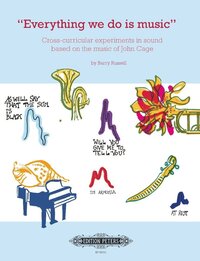 A spectacular resource book: Russell, Barry. “Everything we do is music:” Cross-curricular experiments in sound based on the music of John Cage. Henmar Press/C.F. Peters, 2016. An excellent article on John Cage and his influence (not written for kids; more to inform us as adults who may be teaching kids). John Cage's Credo from his book Silence -- interesting reading to get "into his head" and understand why he did some of the things he did. Pinterest board with a few photos, quotes, musical notation, etc. related to John Cage YouTube playlist of John Cage music PBJamz SnackWhile we're talking about unique perspectives and unusual presentations, this seems like the perfect PBJ recipe for this episode -- Peanut butter and jelly bacon burger! You can find the recipe here or just begin somewhere and create your own version! Guest Links and GiveawaysLisa's website
Lisa's Twitter/X Lisa's Instagram To purchase BEAUTIFUL NOISE: THE MUSIC OF JOHN CAGE (Out October 10, 2023); Preorders available here Lisa has graciously and generously offered winner's choice of either: 1. A picture book critique OR 2. A classroom Zoom visit Leave a comment below to be eligible. A winner will be drawn from all comments entered here within the deadline (Between 9/28/23 and 10/12/23
9 Comments
Congratulations, Jany Campana! You are the winner of a prize pack from Molly Ruttan! You'll receive a copy of the beautiful book and some super-fun swag to go with the awesome, wild book! I know you'll enjoy the prize! Thanks, Molly, for your generosity and thanks, Jany, for your support of PBJamz! A Musical, Writerly discussion with Julie HedlundCome join Julie Hedlund and me as we have a fun conversation about the power of music, the power of revision, and the power of perseverance. We chat about the writing process and the musical connections, as well as a sneak peek at what's coming next for Julie Hedlund. If you're a Julie Andrews fan or a Julie Hedlund fan, you do not want to miss this conversation! SONG AFTER SONG: THE MUSICAL LIFE OF JULIE ANDREWSFrom the opening spread to the last lines, Julie Hedlund weaves a musical story of a musical life. Word after word, line after line, page after page she spins a web of story, capturing Andrews' struggles and triumphs in beautiful language that matches Julie Andrews' beautiful voice and indomitable spirit. The illustrator, Ilaria Urbinati, adds beautiful strands that complement the story! Shiny silhouettes and a reflective "undies" illustration are just two of the artistic highlights in this gorgeous book! As a fan, I found myself with tears in my eyes in a couple places, and closed the book with even more love and appreciation for Julie Andrews and her phenomenal and multi-stranded career. Author: Julie Hedlund Illustrator: Ilaria Urbinati Publisher: Little Bee Books Publication Date: September 5, 2023 A Little Jam. . .(The Music Kind)Since PBJamz is all about musical connections, I think this is the perfect music video to feature! It's a wonderful video for music teachers to use to integrate pitch, solfege, and would also work beautifully to use with bells, boomwhackers or other color coded instruments for young students. If this one isn't what you need there are lots more videos on the YouTube playlist -- performances, movie music, music activities, and more. Peruse the list and I'm sure you'll find something suitable for your situation. Teacher Tips, Tricks and TopicsI've been using this book in my music classroom this week. The kids have enjoyed learning about her. and there are lots of follow-up ideas/topics/lessons you could teach from this book. I'll highlight a few here, and there are more on the Pinterest board in the links section, and in the YouTube playlist as well.
Tips and Topics for Music Teachers
Writing Prompts from Tonnye
Writing Tips from JulieThree tips for aspiring writers: 1. READ way more picture books than you think you need to. Make sure most of them were published within the last 5 years so you'll understand the modern market for picture books. Certainly read the kind of books you want to write, but read beyond that, too. I only decided I wanted to write a PB biography after I read a bunch and fell in love with them. 2. WRITE way more picture books than you want to. (Notice the subtle change in the advice there?) Most beginners have an idea or maybe two that they're passionate about getting published, but the truth is, you have to write a LOT in order to get good enough to get published in today's market. And it's not enough to be working on the same 1 or 2 manuscripts (trust me, I've been there). The whole reason I started the 12 x 12 Picture Book Writing Challenge is because I knew I needed to write lots more to find my voice and build a body of work. 3. FIND a writing community. Preferably one with other picture book creators. Nobody publishes books alone. You need people in your corner who can give you objective critiques of your work and know what the writing life is like. They'll be the ones to celebrate your successes and lift you up when the going gets tough. I'm going to squeeze in a 4th tip here too, which is to PERSEVERE. You WILL get published if you don't give up and have patience and joy in the process. A writing community helps immensely to keep things fun and joyful. Links, More Fun, Extensions for Families and Everyone!YouTube playlist full of great music, performances, music activities, and more. Pinterest board with many activities, music, and tons of teaching ideas and fun connections. PBJamz SnackFor a PBJ snack as sweet, delectable, rich, and full of complexity as Julie Andrews' voice, talent, personality, and career, look no further than this decadent salty-sweet treat, which will look equally at home at the tea table and in the school lunchbox. Give it a try and find lots of other great recipes at www.shugarysweet.com Guest Links and GiveawaysWebsite
12 x 12 website TikTok Simon and Schuster link for SONG AFTER SONG To purchase SONG AFTER SONG: Amazon Barnes & Noble To order signed copies of SONG AFTER SONG: https://shop.secondstartotherightbooks.com/personalized-pre-order-song-after-song-musical-life-julie-andrews A "wild" conversation with MollyJoin Molly and me as we discuss inspiration, process, and lots of music. Stage fright and other wild things that can build resilience if we let them. Such a great conversation full of fun and inspiration! SOMETHING WILD by Molly RuttanThis book is so beautiful and full of heart. If you've ever struggled with stage fright -- or really any fear or need to build some resilience, this book is for you. If your child or student has ever struggled with the "what-ifs" this book is for them. The illustrations are whimsical and full of beauty and the pacing is just right to leave you feeling fully satisfied at the end of the story. Molly's words and pictures come together to create something beautifully wonderfully wild! A Little Jam. . .(The Music Kind)I'm featuring here a young girl on violin to match the protagonist in SOMETHING WILD. However, there are other videos on the YouTube playlist that focus on the violin as an instrument, discuss stage fright, or long violin videos for ambience. There are also additional child-performances on violin as well, so there is plenty to choose from if this jam is not what you're looking for to go along with this precious book. Teacher Tips, Tricks and TopicsSOMETHING WILD is a perfect book to use in the music classroom or the regular classroom. If you are working with kids , this is a great book. It's fabulous for dealing with stage fright -- whether that's reading in front of the class, being on a little stage or a big one. Here are some other ways to use it in the classroom:
Tips and Topics for Music TeachersThis book, SOMETHING WILD, is a music teacher's dream, as it deals with something every performer usually struggles with at some point -- stage fright. The young protagonist learns one way to deal with it. Molly and I talk about some additional ways in our conversation. I also linked up some additional helpful videos on pushing through stage fright in the YouTube playlist. The book is a great segue to talking about performances, audiences, stage fright and other performance related ideas. I'm planning to read this book to each grade level this year just before their performance to help them get rid of their jitters. However, you might prefer to focus on the violin aspect of this book, and so, on the playlist I've included lots of violin music, as well as videos that introduce the violin and teach young students about it. You could extend that to discussing the string family (In that case, I'd recommend you use this YouTube playlist. Three main topics accessible through this book are:
Writing Prompts from Tonnye
Writing Tips from MollyHere are some additional thoughts that have really helped me in profound ways, so I am passing them on to you! 1. It’s never too late! You never retire from being an artist, of any kind. 2. Use your emotions and anxieties to inspire new ideas. 3. Don’t underestimate the power of visualization. 4. Create or join a kid lit group such as a critique and/or writing group. No one can see your light if you keep it hidden - not even you! Also join SCBWI, and participate. Also, my favorite quote from Maya Angelou (for books and life): I’ve learned that people will forget what you said; people will forget what you did; but people will never forget how you made them feel.” And a fun quote from Albert Einstein: “If you want your children to be intelligent, read them fairy tales. If you want them to be more intelligent, read them more fairy tales.” Links, More Fun, Extensions for Families and Everyone!Pinterest board full of character analysis, violin activities, videos, and more Molly's musical bio page Coloring pages to go along with SOMETHING WILD YouTube playlist, full of kids playing violin, stage fright videos, violin info, ambient music, practice tips, etc. Check out this episode of PBJamz for resources for the string family specifically if you'd like to dig into that more. PBJamz SnackSince Hannah and her family are eating pizza after the recital, this is the perfect recipe to share to go along with this book! PBJ Sugar Cookie Pizza! I can't imagine a more delicious dessert after a stressful, wild, and wonderful recital! You can find the recipe here and make your own PBJ pizza -- post-recital, after school, or any time. Guest Links and GiveawaysMolly Ruttan's website
Instagram www.instagram.com/mollyillo/ FB www.facebook.com/mollyruttanillustration Twitter/X twitter.com/molly_ruttan Molly has graciously offered a SOMETHING WILD prize pack with a copy of the book and some awesome swag! To be entered for the giveaway, leave a comment below by Wednesday, Sept 13 at 11:59 PM EST. Be sure to leave a review (Amazon, GoodReads, B&N) if you enjoy her book, share on socials, pass your recommendation on to others who might enjoy the book, follow her on social mediam put in a library request, etc.! |
PBJamzThis page is the official space for PBJamz -- multimedia Jamorama celebrating all things PB (picture books) and Jamz (music), although we'll indulge in the other PBJ snacks where appropriate :-). Join us each Thursday for new content connecting picture books and music! Archives
June 2024
Categories |
Proudly powered by Weebly
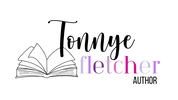
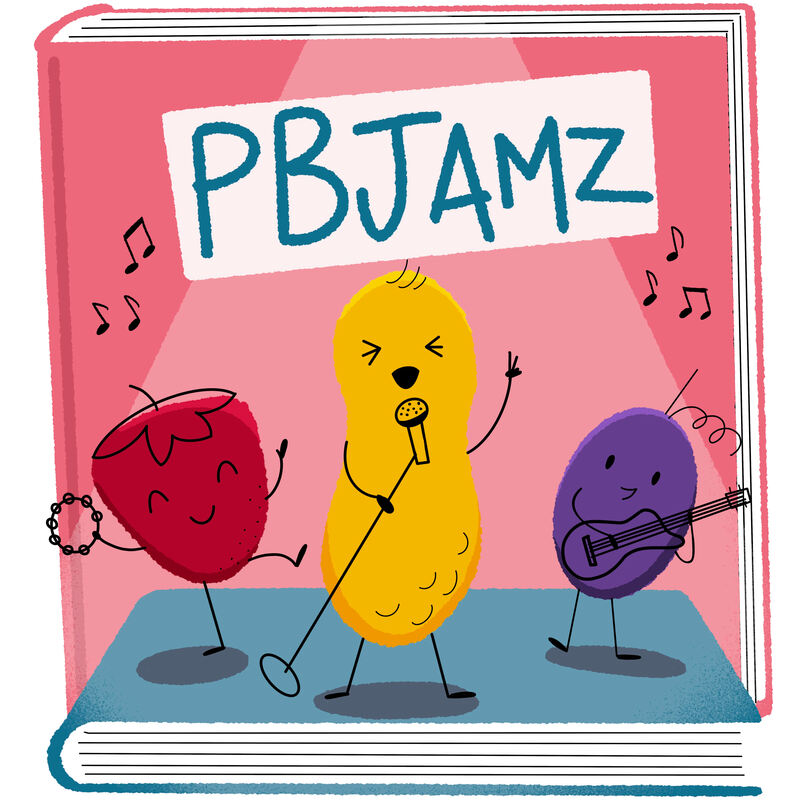
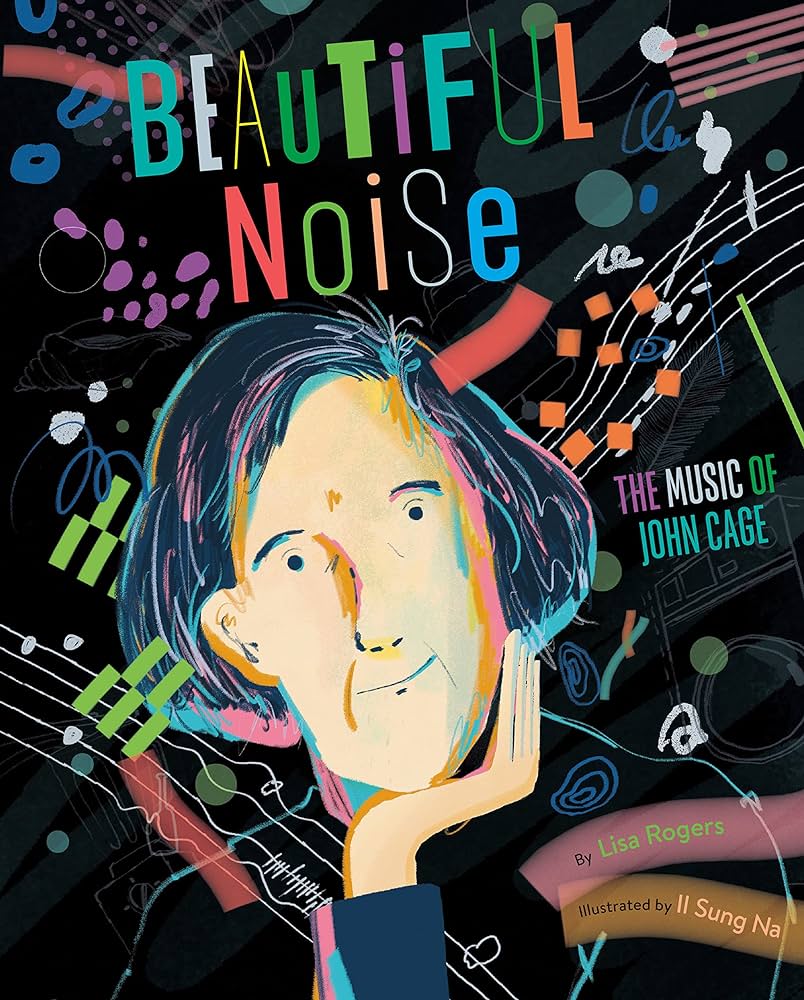
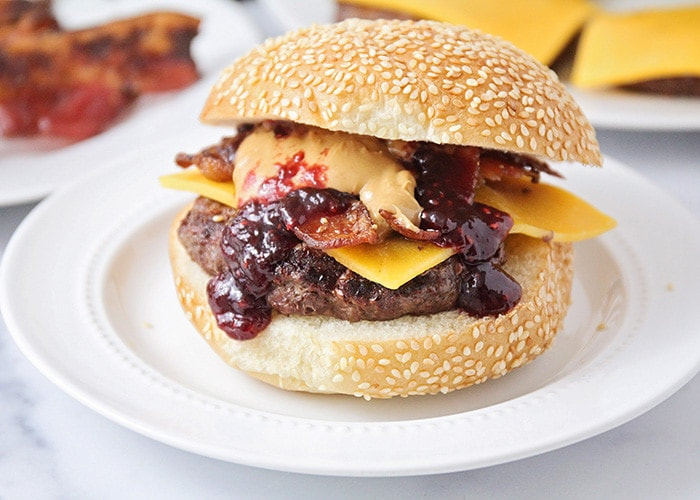
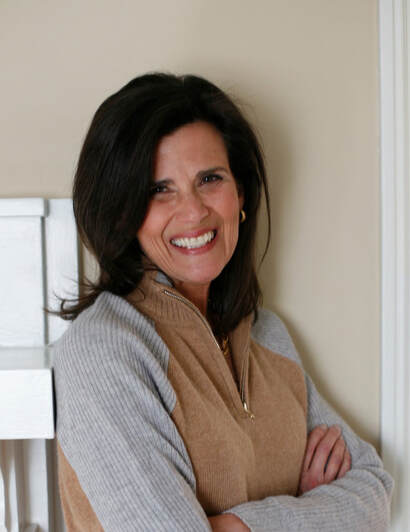
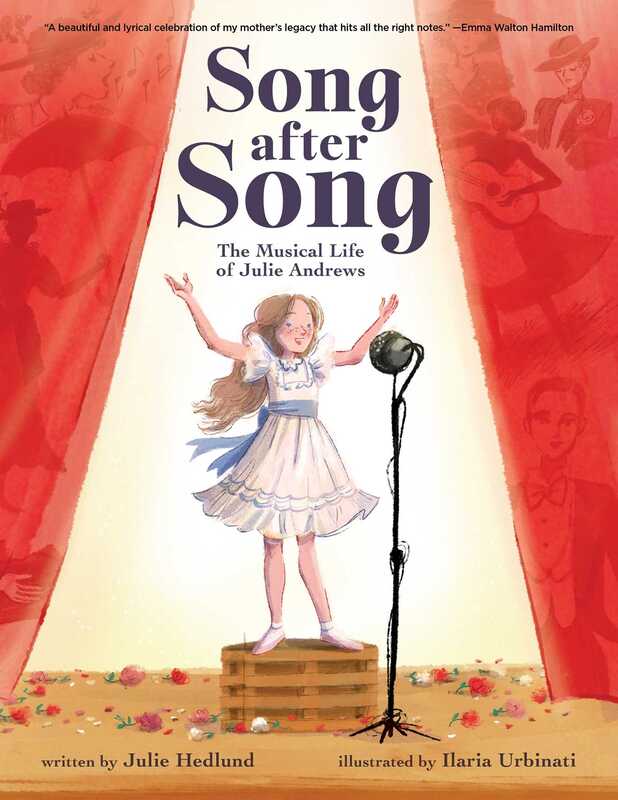
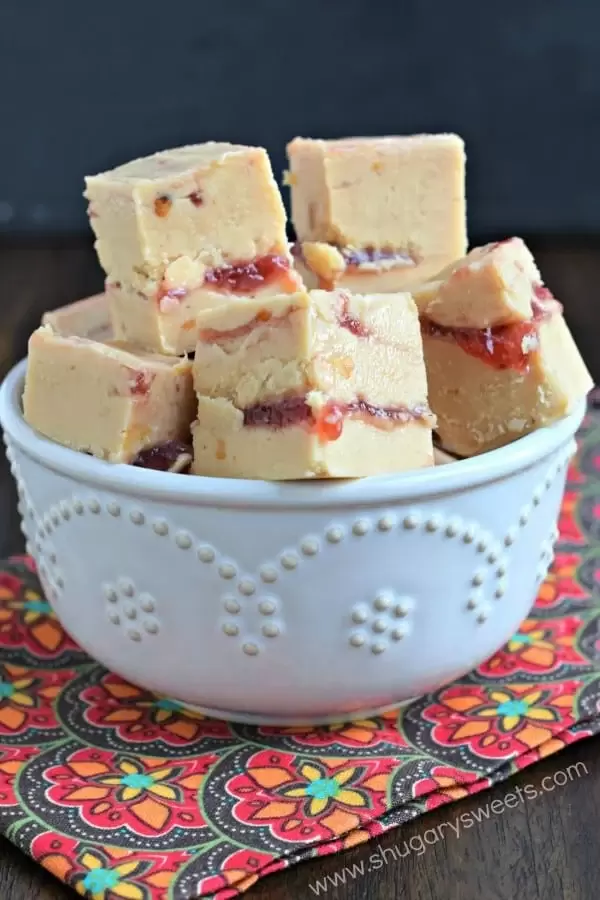
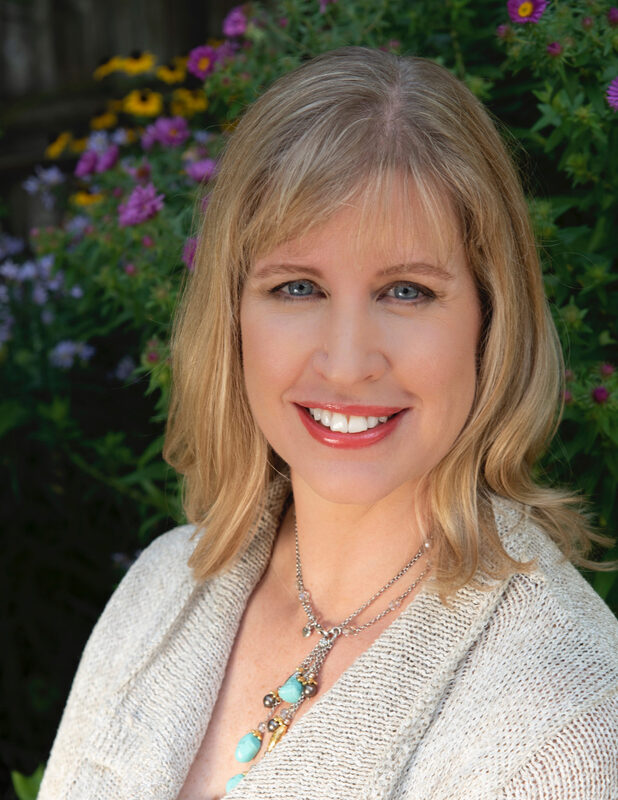
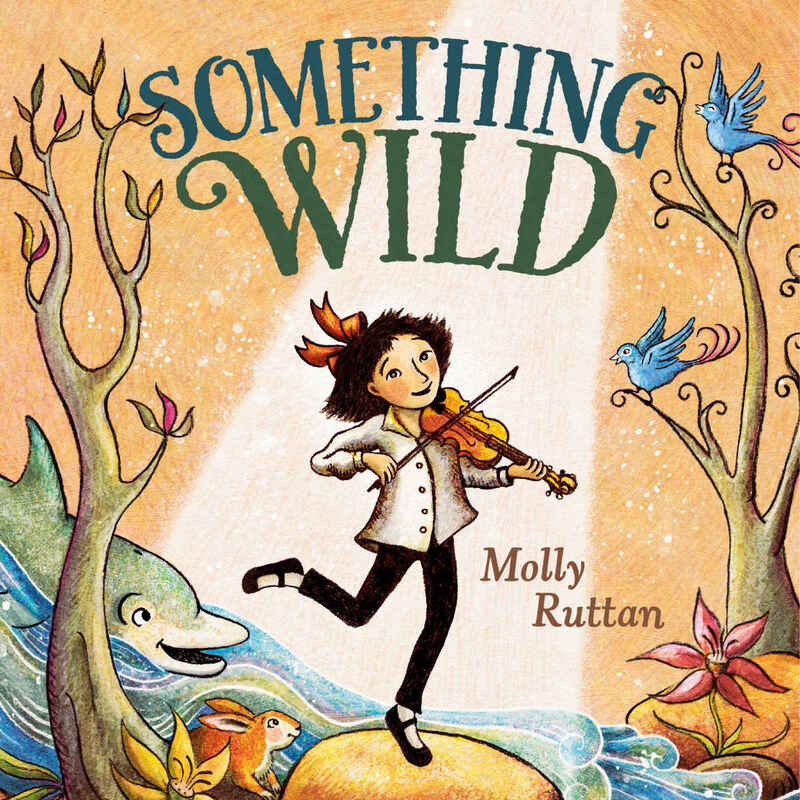
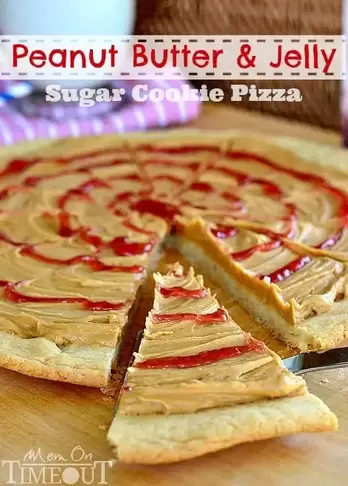
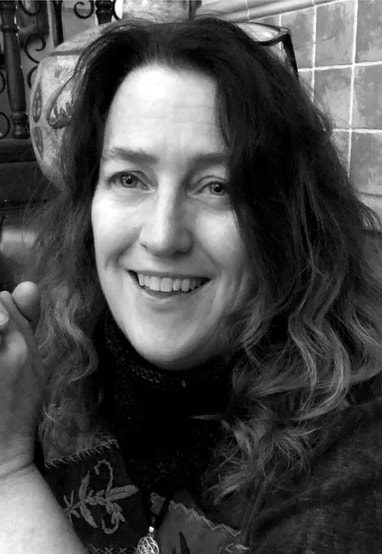
 RSS Feed
RSS Feed